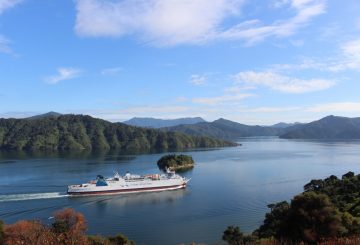社会開発省からの2つの新しい報告によると、新型コロナウイルスのパンデミックを受けて、記録的な数のニュージーランド人が給付金を辞めて仕事に就きました。
2020年3月に警戒レベル4に移行したことで、給付を受ける人の数が急増しました。しかし、2021年と2022年に、数は回復し始めました。
2022年6月までの1年間で、113,400人が給付金を受給して就職しました。これは、1996年に電子記録が開始されて以来最高の数です。
この数字の変化は、求職者サポートの特典を利用する人が減ったことが主な原因です。
2022年6月に求職者サポート-即戦力給付金を受け取った人は、2020年6月よりも約23,900人少なく、19.3パーセント減少しました。
2022年6月の時点で、給付を受ける若者の大部分(48.6%)が求職者サポート-すぐに仕事ができる給付金を受け取っていました。現在、青少年の給付額は他の年齢層よりもCOVID以前のレベルに近くなっています.
しかし、報告書によると、現在給付を受けている若者は、より多くの若者に比べて、将来的にはより長く給付を受けると推定されています。
2021年9月の四半期末に給付金を受けた若者は、幼少期にオランガタマリキと交流した可能性が2.4倍高かった。
クレジット:sunlive.co.nz





























































